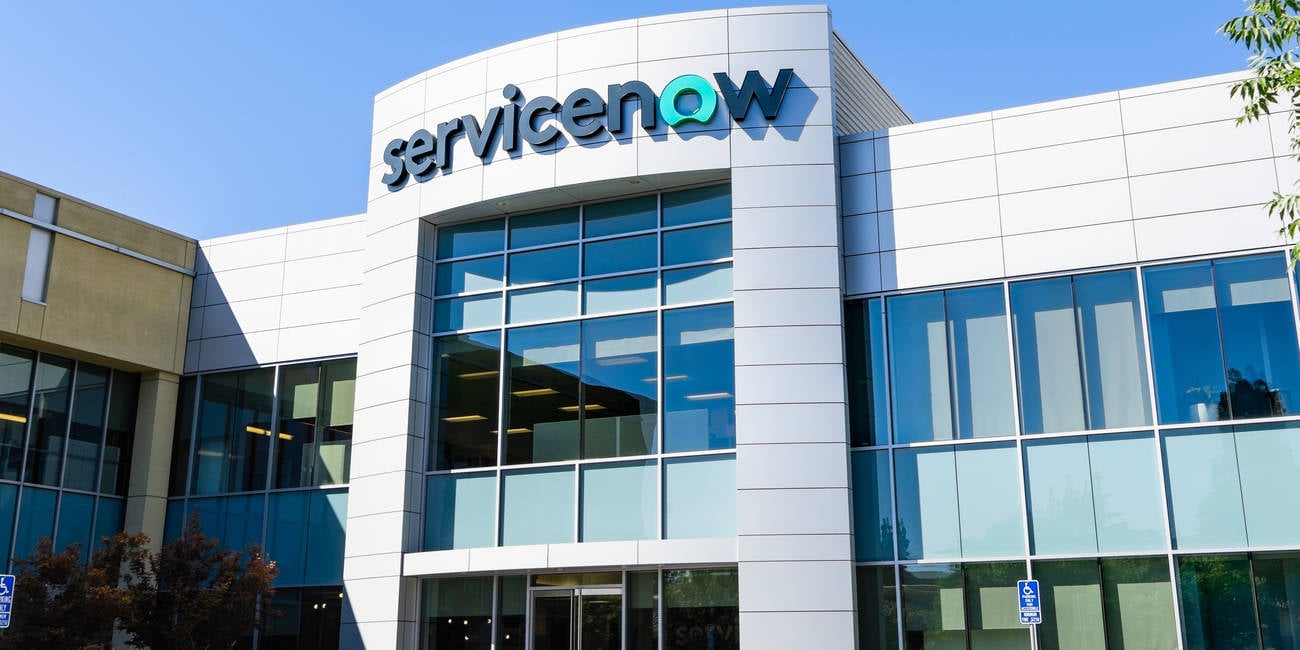ServiceNow ignores Ukraine fears and reports upbeat financial results
Help desk software provider ServiceNow reported revenue of $1.72 billion for the first calendar quarter of 2022, up 27% from a year earlier.
The workflow-focused company, led by CEO Bill McDermott, reported these subscription revenues reached $1.63 billion, an increase of 26% compared to the same period in 2021. Professional services increased by 36% to reach $91 million.
Total first quarter gross profit was $1.35 billion on a 79% margin. That’s down from $1.42 billion a year earlier, down 5%. Meanwhile, overall net income was $75 million, compared to $352 million in the first quarter of 2021.
For the second quarter, the company expects subscription revenue of between $1.67 billion and $1.675 billion, which would represent a 26% increase per year.
McDermott said the company was unaffected by global instability, including Russia’s invasion of Ukraine.
“Although there are significant challenges in the world, especially in the Eastern European situation, we have not seen a significant impact on our market. On the contrary, the challenges have underlined the urgency to invest in digital businesses,” he told investors on a conference call.
Last month UiPath, which deals in automation software, warned that the war in Ukraine was “having a profound impact” on business confidence in Europe and the UK.
As ServiceNow moved from software designed for IT support and work order creation, employee workflows now included 14 of the top 20 deals closed in the last quarter, McDermott said.
He argued that the “low-code” approach to designing workflows was another reason customers flocked to the platform.
“With the unprecedented demand for net new innovations as well as a global shortage of professional developers, low-code app development is a huge market opportunity. While technology leaders see the value in citizen developers, they don’t want not sacrifice enterprise level governance and security,” he said.
In March, ServiceNow announced a new product with a strong focus on robotic process automation (RPA).
The “San Diego” version of its Now Platform promises a more modern visual design as well as RPA capabilities.
The latter is found in the Automation Engine, which combines the Integration Hub with a new RPA Hub that provides a command and control center to monitor, manage, and deploy digital robots that automate repetitive manual tasks.
But an analyst on the conference call pointed out that RPA specialists could have a technical advantage for large-scale implementations. ®


Comments are closed.